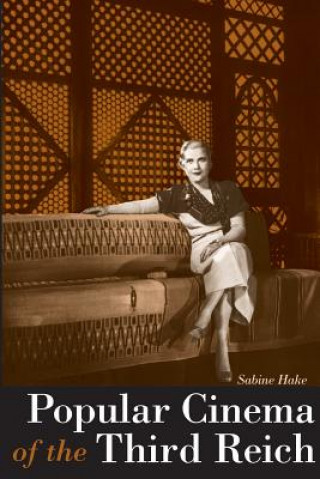
Kód: 04873415
Popular Cinema of the Third Reich
Autor Sabine Hake
Too often dismissed as escapist entertainment or vilified as mass manipulation, popular cinema in the Third Reich was in fact sustained by well-established generic conventions, cultural traditions, aesthetic sensibilities, social ... celý popis
- Jazyk:
 Angličtina
Angličtina - Väzba: Brožovaná
- Počet strán: 288
Nakladateľ: University of Texas Press, 2002
- Viac informácií o knihe

Mohlo by sa vám tiež páčiť
-

German National Cinema
63.88 € -

Passions and Deceptions
70.32 € -

Screen Nazis
47.63 € -

Nazi Movies as Propaganda Machine How Goebbels Changed the German Film Industry Into an Ideological Weapon
16.86 € -

Murder in Midwinter
10.01 € -9 % -

Scary Bastard
15.22 € -1 % -
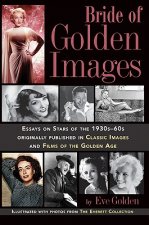
Bride of Golden Images
30.86 € -

Mister Martini
15.73 € -

Lasers
59.59 € -

Golden Images
49.87 € -

Extreme Teaching
157.82 € -

Geek Rock
124.50 € -

Social Science in Question
267.30 € -

Rosario+Vampire, Vol. 1
9.91 € -13 %
Darčekový poukaz: Radosť zaručená
- Darujte poukaz v ľubovoľnej hodnote, a my sa postaráme o zvyšok.
- Poukaz sa vzťahuje na všetky produkty v našej ponuke.
- Elektronický poukaz si vytlačíte z e-mailu a môžete ho ihneď darovať.
- Platnosť poukazu je 12 mesiacov od dátumu vystavenia.
Viac informácií o knihe Popular Cinema of the Third Reich
Nákupom získate 103 bodov
 Anotácia knihy
Anotácia knihy
Too often dismissed as escapist entertainment or vilified as mass manipulation, popular cinema in the Third Reich was in fact sustained by well-established generic conventions, cultural traditions, aesthetic sensibilities, social practices, and a highly developed star system - not unlike its Hollywood counterpart in the 1930s. This path-finding study contributes to the ongoing reassessment of Third Reich cinema by examining it as a social, cultural, economic, and political practice that often conflicted with, contradicted, and compromised the intentions of the Propaganda Ministry. Nevertheless, by providing the illusion of a public sphere presumably free of politics, popular cinema helped to sustain the Nazi regime, especially during the war years. Rather than examining Third Reich cinema through over-determined categories such as propaganda, ideology, or fascist aesthetics, Sabine Hake concentrates on the constituent elements shared by most popular cinemas: famous stars, directors, and studios; movie audiences and exhibition practices; popular genres and new trends in set design; the reception of foreign films; the role of film criticism; and the representation of women. She pays special attention to the forced co-ordination of the industry in 1933, the changing demands on cinema during the war years, and the various ways of coming to terms with these filmic legacies after the war. Throughout, Hake's findings underscore the continuities among Weimar, Third Reich, and post-1945 West German cinema. They also emphasise the co-development of German and other national cinemas, especially the dominant Hollywood model. Sabine Hake is Professor of German at the University of Pittsburgh.
 Parametre knihy
Parametre knihy
Zaradenie knihy Knihy po anglicky Humanities History Regional & national history
41.49 €
- Celý názov: Popular Cinema of the Third Reich
- Autor: Sabine Hake
- Jazyk:
 Angličtina
Angličtina - Väzba: Brožovaná
- Počet strán: 288
- EAN: 9780292734586
- ISBN: 0292734581
- ID: 04873415
- Nakladateľ: University of Texas Press
- Hmotnosť: 708 g
- Rozmery: 229 × 152 × 13 mm
- Dátum vydania: 01. January 2002
Obľúbené z iného súdka
-

Hundred Years' War on Palestine
13.28 € -23 % -

Ethnic Cleansing of Palestine
12.87 € -24 % -

History of Japan
16.35 € -19 % -

Ten Myths About Israel
13.59 € -14 % -

Strange Death of Europe
15.22 € -21 % -

Decline and Fall of the Roman Empire
5.92 € -21 % -

Secret History
13.79 € -21 % -

God's Playground A History of Poland
68.68 € -

Mayflower
15.73 € -23 % -

How to be a Victorian
14.40 € -23 % -

Plantagenets
13.18 € -29 % -

General's Son
20.23 € -4 % -

Iran: A Very Short Introduction
8.99 € -31 % -

Temples of Karnak
153.53 € -

Twenty Years A-Growing
10.11 € -22 % -

Cuneiform
11.13 € -23 % -

History of Witchcraft in England from 1558 to 1718
19 € -

China in Africa
37.40 € -

Islandman
11.13 € -19 % -
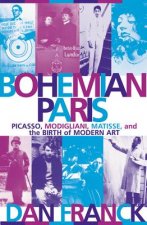
Bohemian Paris
16.55 € -18 % -
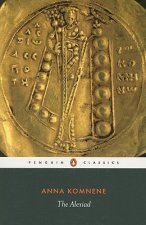
Alexiad
17.78 € -20 % -

Lancaster And York
22.89 € -

Inside Hitler's Greece
21.05 € -20 % -

Modern France: A Very Short Introduction
9.39 € -34 % -

Diana: Her True Story - In Her Own Words
11.03 € -23 % -

The Fourth Turning
19.51 € -6 % -

The Oxford History of Ancient Egypt
17.98 € -19 % -

Churchill: The Power of Words
15.12 € -22 % -

Palestine
20.23 € -20 % -

Korean History in Maps
28 € -10 % -

Great Gatsby (Wisehouse Classics Edition)
16.14 € -37 % -

Viking Way
46.19 € -7 % -

The Thirteenth Tribe
12.56 € -

My Promised Land
18.39 € -

Vanished Kingdoms
18.80 € -22 % -

Age Of Revolution
16.55 € -23 % -

Life and Death of Anne Boleyn
22.99 € -

Coming of the Third Reich
18.70 € -23 % -

Children of Ash and Elm
18.70 € -23 % -

Europe Between the Oceans
34.23 € -7 % -
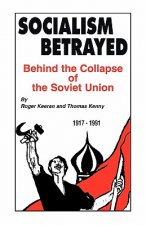
Socialism Betrayed
19.51 € -19 % -

303 Squadron
19.41 € -17 % -

Ancient Celts, Second Edition
26.77 € -19 % -

Dancing in the Glory of Monsters
15.73 € -23 % -

Battle of Britain: Luftwaffe Blitz (Images of War)
25.85 € -1 % -
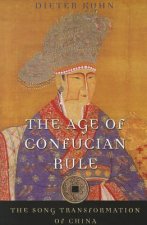
Age of Confucian Rule
35.97 € -

Beyond Band of Brothers
16.55 € -23 % -

Benjamin Franklin
18.70 € -13 % -

On China
17.27 € -20 %
Osobný odber Bratislava a 2642 dalších
Copyright ©2008-24 najlacnejsie-knihy.sk Všetky práva vyhradenéSúkromieCookies



 21 miliónov titulov
21 miliónov titulov Vrátenie do mesiaca
Vrátenie do mesiaca 02/210 210 99 (8-15.30h)
02/210 210 99 (8-15.30h)